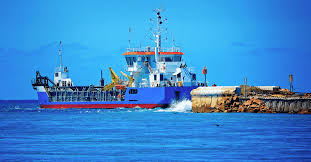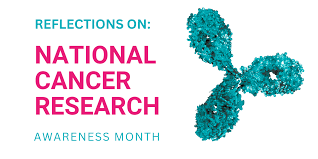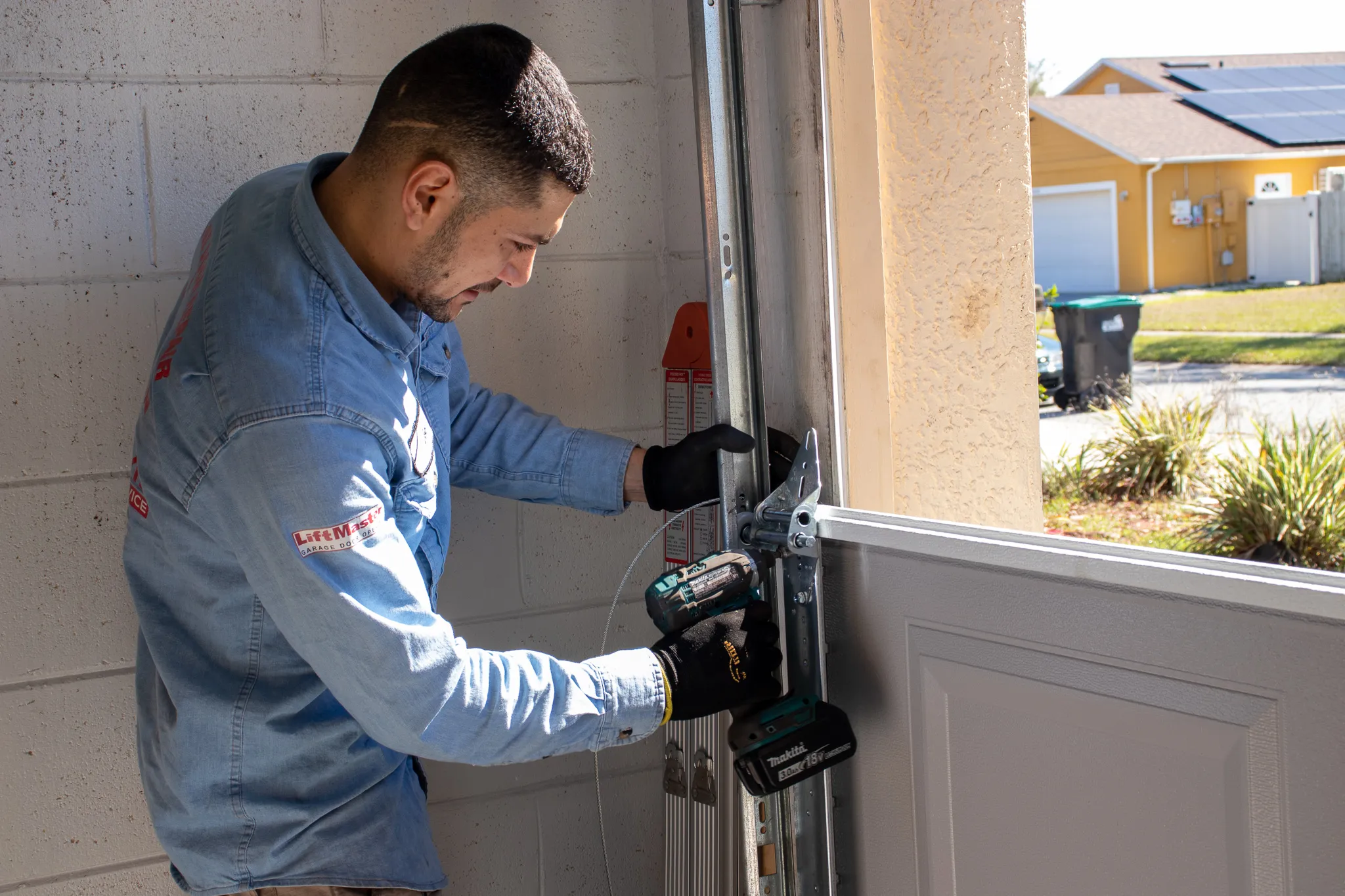The River Thames, a ribbon of life winding through London and beyond, is a vital artery for commerce, transportation, and recreation. But like any waterway, the Thames needs some help to stay healthy and navigable. This is where dredging comes in – a crucial yet often unseen process that keeps the river functioning at its best.
What is Dredging?
Dredging is the process of removing sediment – the loose material that settles at the bottom of a river – from specific areas. This sediment can be a mix of sand, silt, clay, and even debris. Over time, sediment buildup can cause several problems:
- Reduced water depth: As sediment accumulates, the depth of the river decreases, making it difficult for large ships to navigate. This can disrupt trade and transportation on the river.
- Flooding risk: If the riverbed becomes too shallow, it can increase the risk of flooding during high tides or heavy rainfall.
- Environmental damage: Excessive sediment can smother aquatic life and disrupt the delicate ecosystem of the river.
Different Dredging Methods for Different Needs
The type of dredging used on the Thames depends on the specific needs and the nature of the sediment. Here are some common methods:
- Trailing suction hopper dredgers: These large vessels use a drag arm along the riverbed to suck up sediment, which is then stored in a hopper on board. Once full, the dredger sails to a designated disposal site and releases the material.
- Plough dredging: A plough attached to a boat digs furrows into the riverbed, loosening the sediment, which is then carried away by the current. This method is well-suited for removing loose material like sand.
- Water injection dredging: This method uses high-pressure water jets to loosen compacted sediment, making it easier to remove with suction pumps or by the natural flow of the river. This technique is particularly useful for areas with environmental concerns as it minimizes disturbance to the riverbed.
- Grab dredging: This method uses a large claw-like grab to scoop up sediment from the bottom of the river. It’s typically used for smaller-scale projects or for removing debris.
Planning and Sustainability
Dredging projects on the Thames are carefully planned and regulated by various authorities, including the Port of London Authority (PLA) and the Environment Agency. These organizations ensure that dredging activities are conducted with minimal environmental impact. Here are some key considerations:
- Sediment disposal: The dredged material is carefully disposed of at designated offshore sites or used for land reclamation projects.
- Environmental monitoring: During and after dredging, the water quality and aquatic life are closely monitored to minimize any potential harm.
- Scheduling: Dredging is often timed to coincide with periods of low ecological activity, such as when fish are not spawning.
Benefits Beyond Navigation
While ensuring safe and efficient navigation is a primary goal of dredging, there are other benefits to keeping the Thames clear:
- Flood protection: Regular dredging helps maintain the river’s capacity, reducing the risk of flooding during high tides or heavy rainfall.
- Habitat health: By removing excess sediment, dredging can improve water quality and create healthier conditions for fish and other aquatic life.
- Regeneration projects: Dredged material can be used for land reclamation projects, creating new green spaces or even expanding port facilities.
Challenges and Controversies: A Balanced Look at Thames Dredging
While dredging plays a crucial role in maintaining the Thames, it’s not without its challenges and controversies. Here’s a closer look at some of the issues surrounding this practice:
Environmental Concerns:
- Disturbance to wildlife: Dredging activities can disrupt fish spawning grounds and disturb benthic communities (organisms living on the riverbed).
- Water quality impacts: The process of dredging can stir up sediment, increasing turbidity (cloudiness) in the water and potentially impacting oxygen levels, which can harm aquatic life.
- Release of pollutants: Sediment can sometimes contain contaminants like heavy metals or organic pollutants. Dredging these materials can potentially release them back into the water column, posing a threat to the environment.
Balancing Needs:
- Economic vs. Environmental Concerns: Striking a balance between the economic benefits of a navigable river and the need to protect the environment is a constant challenge.
- Public Perception: Dredging can sometimes be seen as a disruptive activity, and the public might not be fully aware of the long-term benefits it provides.
Finding Solutions:
Despite these challenges, there are ongoing efforts to minimize the environmental impact of dredging on the Thames:
- Advanced Techniques: As mentioned earlier, the use of water injection dredging and careful planning to avoid sensitive ecological periods can significantly reduce the disruption to the riverbed and its inhabitants.
- Sediment Screening: Technologies are being developed to screen dredged material and separate any contaminants before disposal, ensuring only clean sediment is used for land reclamation projects.
- Habitat Restoration: Following dredging projects, efforts are often made to restore the riverbed and encourage the return of native flora and fauna.
The Importance of Transparency:
Open communication between dredging companies, environmental agencies, and the public is crucial for building trust and ensuring that the process is conducted responsibly. Public awareness campaigns can help people understand the necessity of dredging and the measures taken to minimize environmental impact.
Conclusion
Dredging the Thames is a complex issue with both benefits and drawbacks. By employing advanced techniques, prioritizing environmental protection, and fostering transparency, we can ensure that this vital process continues to maintain a healthy and navigable river for generations to come. The Thames is a shared resource, and its future depends on finding a sustainable balance between economic development and environmental well-being.















